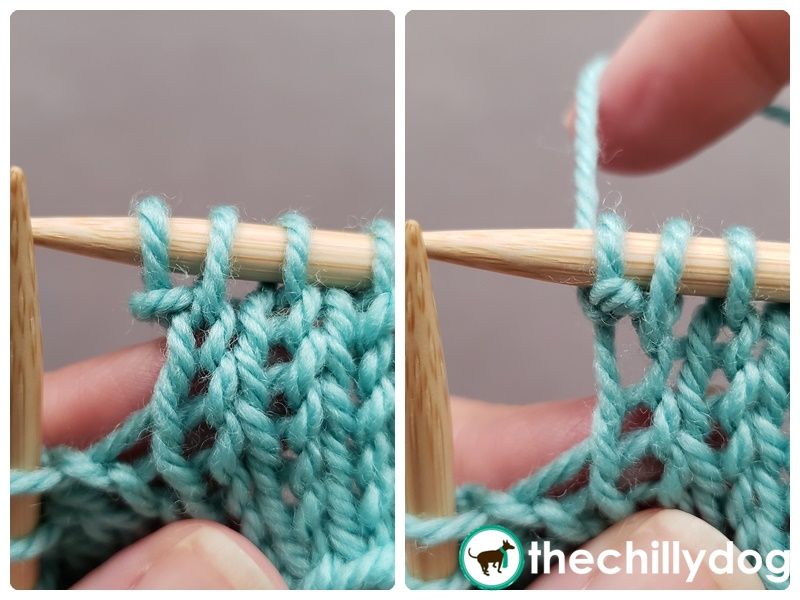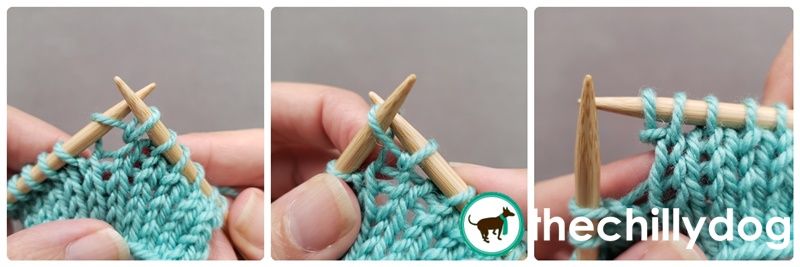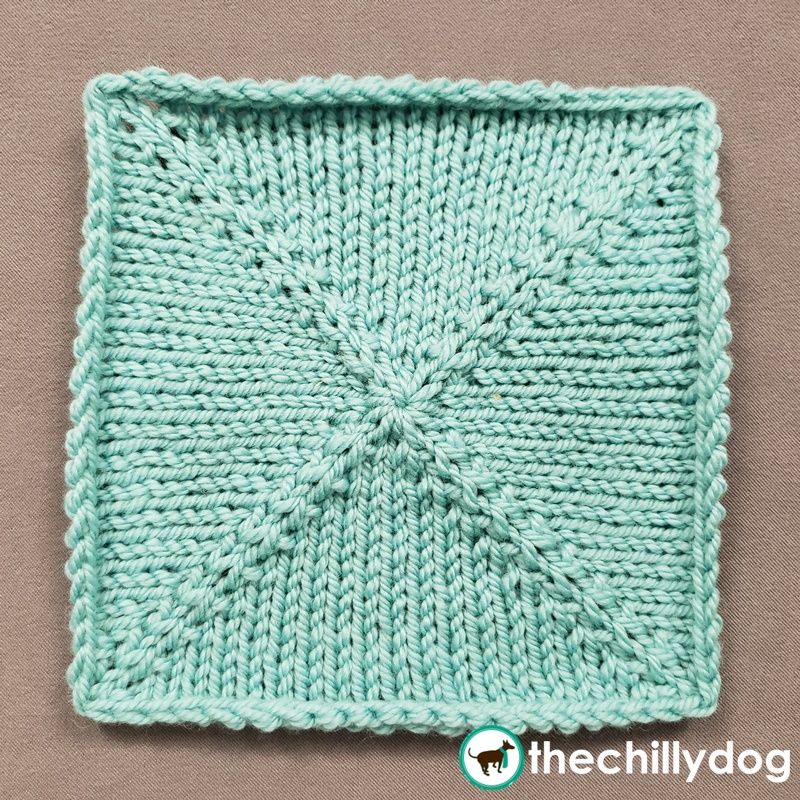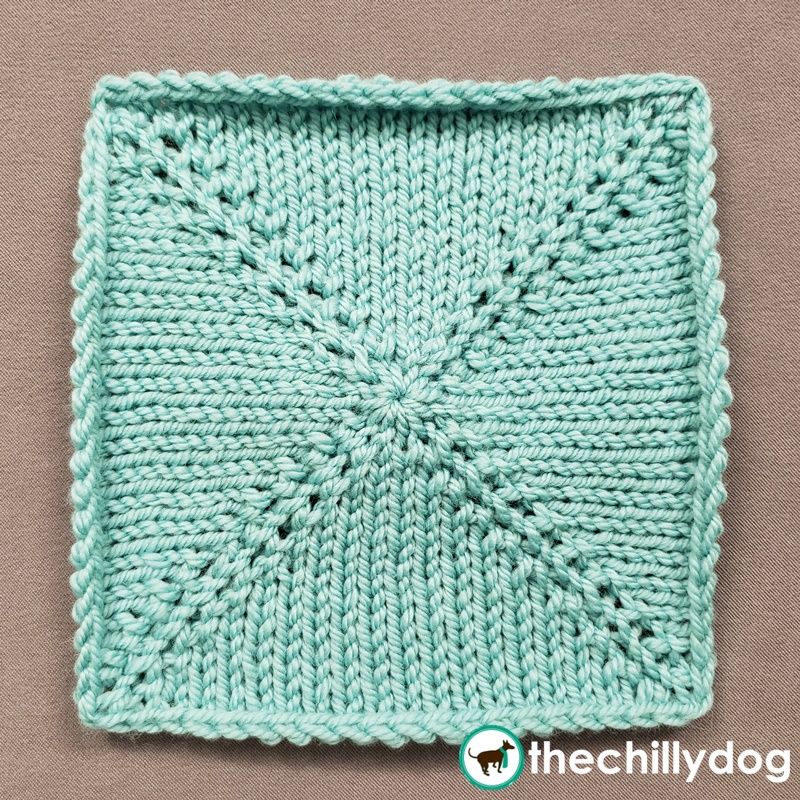Knit Front Back (kfb) + Knit Purl (kp) | Photo Tutorial

Sometimes increasing a stitch in your knitting can be as simple as working two stitches into a single stitch. The most common examples of this are the knit front and back (kfb) and knit and purl (kp) increases.
Knit Inc Sampler Squares Lesson 6
Pattern: Knit Inc Sampler Squares
Yarn: Ewe Ewe Yarns Wooly Worsted shown in color 70-Aquamarine
Needles: skacel by addi Natura Bamboo US size 8 (5 mm) DPNs
Knit Front and Back (kfb)

Knit one but do not drop the stitch off the left needle. Knit into the back of the loop of the same stitch and drop it off the left needle. Notice the second stitch of the increase appears to have a single purl bump at the base.
Knit and Purl (kp)

Knit one but do not drop the stitch off the left needle. Bring the yarn forward between the needles, purl into the same stitch and drop it off the left needle. Notice the second stitch of the increase appears to have two clasped bumps at the stitch below is very open.
Block 11

CO 12 using a Pinhole CO.
Rnd 1 and all odd Rnds: k all sts.
Rnd 2: [kfb, k1, kfb] 4 times.
Rnd 4: [kfb, k3, kfb] 4 times.
Rnd 6: [kfb, k5, kfb] 4 times.
Rnd 8: [kfb, k7, kfb] 4 times.
Rnd 10: [kfb, k9, kfb] 4 times.
Rnd 12: [kfb, k11, kfb] 4 times.
Rnd 14: [kfb, k13, kfb] 4 times.
Rnd 16: [kfb, k15, kfb] 4 times.
Rnd 18: [kfb, k17, kfb] 4 times.
BO.
Block 12

CO 12 using a Pinhole CO.
Rnd 1 and all odd Rnds: k all sts.
Rnd 2: [kp, k1, kp] 4 times.
Rnd 4: [kp, k3, kp] 4 times.
Rnd 6: [kp, k5, kp] 4 times.
Rnd 8: [kp, k7, kp] 4 times.
Rnd 10: [kp, k9, kp] 4 times.
Rnd 12: [kp, k11, kp] 4 times.
Rnd 14: [kp, k13, kp] 4 times.
Rnd 16: [kp, k15, kp] 4 times.
Rnd 18: [kp, k17, kp] 4 times.
BO


There's more to explore in the Learning Library!
